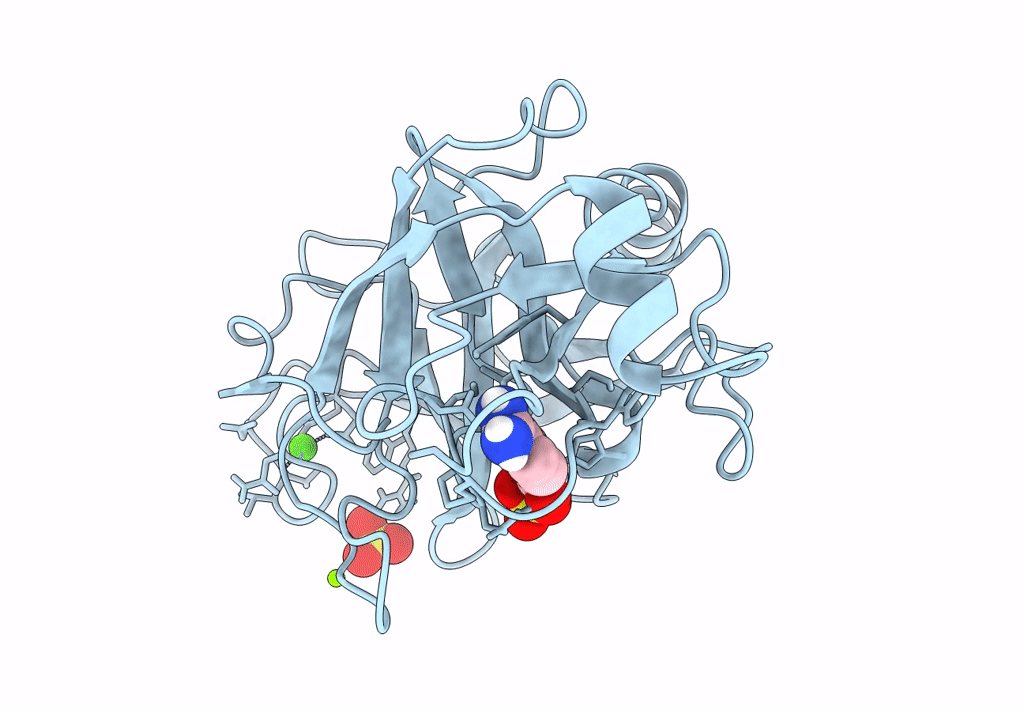
Deposition Date
2004-01-23
Release Date
2004-03-16
Last Version Date
2024-10-09
Entry Detail
PDB ID:
1S6H
Keywords:
Title:
PORCINE TRYPSIN COMPLEXED WITH GUANIDINE-3-PROPANOL INHIBITOR
Biological Source:
Source Organism:
Sus scrofa (Taxon ID: 9823)
Method Details:
Experimental Method:
Resolution:
1.45 Å
R-Value Free:
0.17
R-Value Work:
0.15
R-Value Observed:
0.15
Space Group:
P 21 21 21


